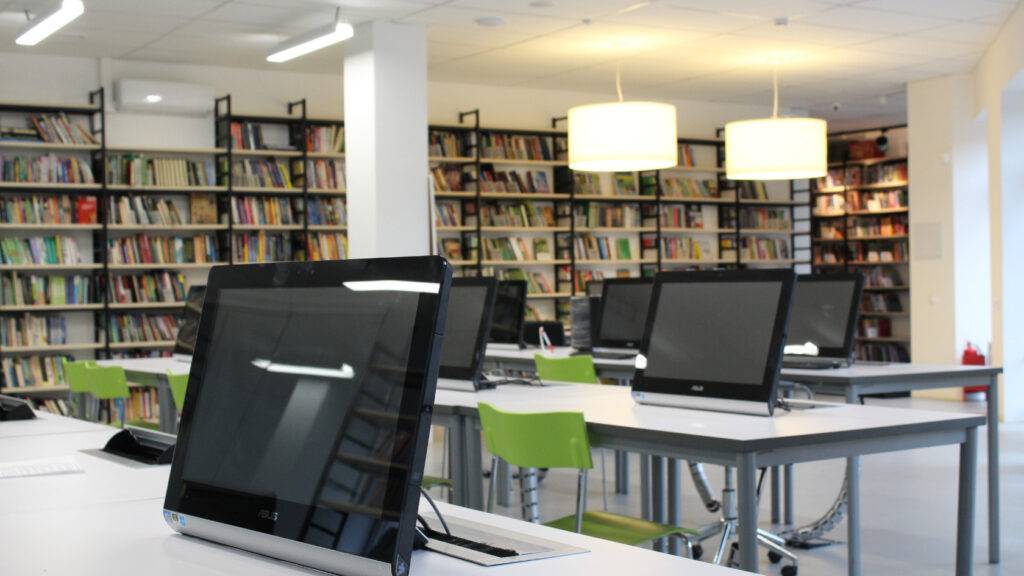The Historical Significance of Apples
It’s hard to imagine a time when apples weren’t a staple in our diets and cultures. These succulent fruits have deep roots (pun intended) in our history.
– The Apple Tree’s Journey
From the gardens of ancient Persia to orchards worldwide, apples have traveled extensively. Their cultivation expanded with trade routes, making them a favorite among various civilizations. It’s a testimony to adaptability and resilience – traits every student can emulate.
– Apples in Ancient Education
In ancient times, gifting apples was a gesture of respect and gratitude. Scholars often received apples from their pupils, solidifying its association with knowledge and learning.
The Apple’s Symbolic Connection to Knowledge
What’s the deal with apples and knowledge? Let’s find out.
– Mythology and Apples
The story of Adam and Eve is one of the most prominent examples. The forbidden apple, often a symbol of knowledge and temptation, has made its mark in numerous tales and artworks.
– Modern Day References
Fast forward to today, the apple is the logo for one of the world’s tech giants, Apple Inc. This isn’t by accident. The apple denotes innovation, information, and a revolutionary approach to technology.
Nutritional Benefits of Apples for Students
“Brain food” isn’t just a catchy phrase. Apples truly pack a punch when it comes to benefits for the young scholars.
– Boosting Brain Power
Apples are rich in antioxidants that combat oxidative stress, aiding cognitive functions. Quercetin, a flavonoid in apples, enhances memory and learning.
– Energy Sustenance
The natural sugars in apples provide a steady energy release, preventing sudden sugar drops, which can affect concentration.
Apples as an Educational Tool
Apples aren’t just for eating. They can also be wonderful teaching aids.
– Real-life Math Problems
How many apples make a dozen? How can you divide 8 apples among 4 students? These problems help students apply theoretical knowledge.
– Science Experiments
From observing the oxidation process to extracting DNA from apples, they’re versatile props for exciting experiments.

The Psychological Impact of Apples in the Classroom
There’s more than meets the eye when apples sit on teachers’ desks.
– Positive Reinforcement
Remember the age-old tradition of presenting an apple to your favorite teacher? This gesture serves as positive reinforcement, encouraging better student-teacher dynamics.
– The Placebo Effect
Just seeing an apple might induce thoughts of energy, alertness, and concentration. It’s all in the mind, they say!
Creative Ways Teachers Use Apples
Teachers, the innovators of the classroom, have some tricks up their sleeves.
– Artistic Endeavors
Carve them, paint on them, or use them as stamps. Apples inspire artistic creativity.
– Interactive Storytelling
Ever heard of “The Little Apple Seed’s Adventure”? Apples can be central characters, teaching students about growth, challenges, and nature.
The Broader Impact of Apples in Education
The ripples created by this humble fruit are far-reaching.
– Sustainable Learning Environments
Schools with orchards not only teach agriculture but also impart lessons on sustainability, responsibility, and patience.
– Building Stronger Bonds in the Classroom
Shared apple-based activities, like cider making or apple-picking trips, foster camaraderie and lasting memories.
FAQs
How did apples become associated with education?
Apples have been gifted to teachers since ancient times as a symbol of respect and gratitude, linking them to education.
Why are apples considered “brain food”?
Apples contain antioxidants and flavonoids like Quercetin which enhance cognitive functions, memory, and learning.
How can apples be used in classroom activities?
From math problems and science experiments to art projects and storytelling, apples are versatile teaching tools.
What psychological benefits do apples offer in a classroom?
Apples can serve as positive reinforcement and may even have a placebo effect, promoting energy and concentration.
Do apples really boost energy levels for studying?
Yes, the natural sugars in apples provide steady energy, preventing concentration dips.
Are there any school programs centered around apples?
Many schools have orchards or apple-based activities that teach sustainability, agriculture, and teamwork.
Conclusion
The tale of “Apples in the Classroom: Unraveling the Secrets of Successful Students” isn’t just folklore. It’s an intertwined history of tradition, nutrition, and innovative education. So, the next time you bite into a crisp apple, remember – you’re chewing on a piece of educational legacy!
Join Super Blogs today and become part of our vibrant community of content creators! Read our next blog on The AI Miracle: How Tech Can Alleviate Agitation and Enhance AI Dementia Care
